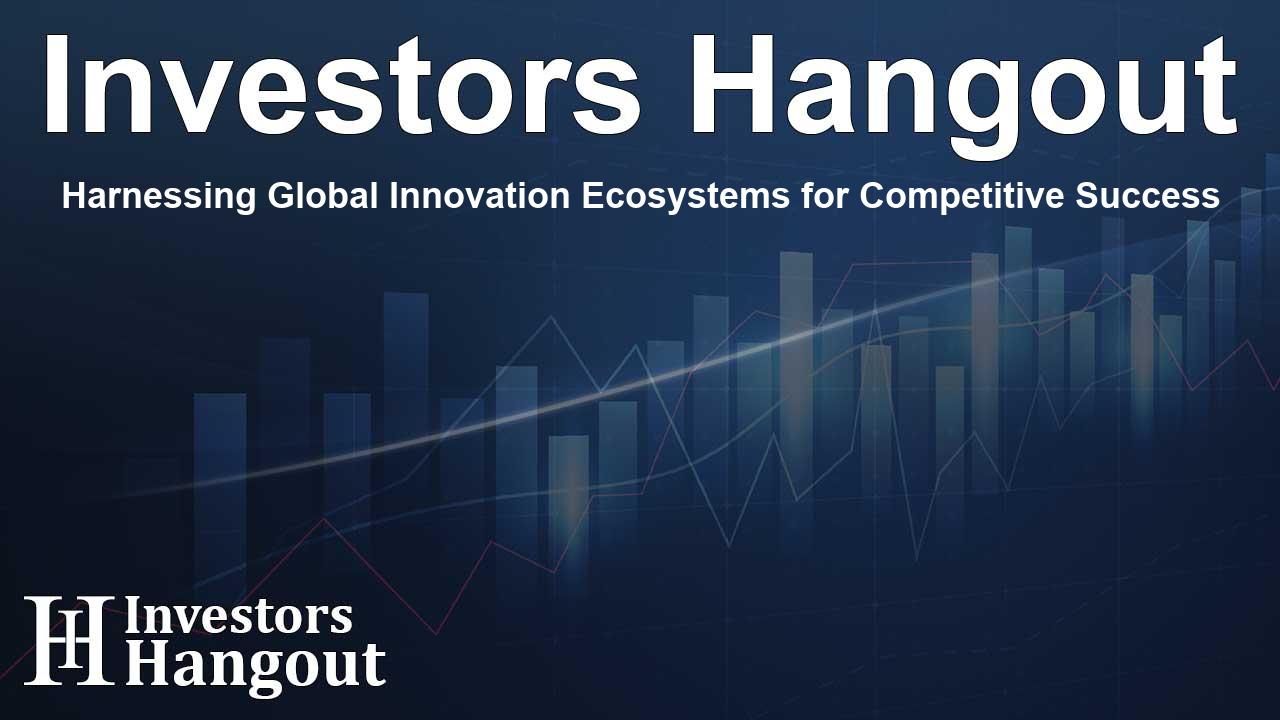Harnessing Global Innovation Ecosystems for Competitive Success

Unlocking the Potential of Innovation Ecosystems
In today's rapidly evolving landscape, organizations face mounting pressure to innovate and remain competitive. Leaders must look beyond their internal capabilities, exploring the diverse external resources available to them. The innovation landscape can appear daunting, with a variety of global ecosystems that offer unique opportunities for collaboration and growth.
Understanding Innovation Ecosystems
Innovation ecosystems are geographic hubs where brilliant minds—including researchers, entrepreneurs, and investors—come together to drive advancements in technology and business. Tactical engagement with these ecosystems doesn’t necessarily entail relocating headquarters or making extensive investments. Often, sending a few team members to these hubs is sufficient to build fruitful connections and gain insights.
Key Considerations for Engagement
It's crucial for organizations to take a strategic approach when engaging with innovation ecosystems. Leaders should first determine what they need from these interactions, including identifying the right stakeholders—be it startups, academic institutions, or venture capitalists. The question of how to structure these engagements also plays a significant role in fostering effective collaborations.
Building Meaningful Relationships
Rather than just adopting trendy practices like hackathons or innovation camps, leaders should focus on the foundational questions that drive successful ecosystem engagement. This allows for a clearer understanding of the value each entity can bring to the collaboration, which can enhance outcomes for all involved.
Patience and Long-Term Engagement
Connected ecosystems take time to develop and require ongoing commitment. Leaders must empower their innovation teams by giving them adequate time to delve into these ecosystems and explore how they can contribute. Building trust and meaningful relationships is essential, as innovation is inherently rooted in human connection.
Adapting to Changing Dynamics
As organizations navigate the shifting landscape of innovation, they must avoid succumbing to the pressures of short-term results. The organic nature of ecosystems often contradicts traditional business rhythms, such as quarterly reports. Instead, leaders should adopt a long-term view that acknowledges the time needed to cultivate these essential relationships.
The Importance of Location
In light of recent challenges, including the rise of remote work and geopolitical uncertainties, the importance of place in innovation ecosystems has intensified. The specific geographical context can still hold value—the leaders of large organizations must be strategic regarding how they engage with ecosystems outside their main centers.
The Necessity of Innovation
For organizations aspiring to thrive in today's competitive environment, strategic engagement with innovation ecosystems is not just beneficial; it’s imperative. Innovation transcends mere buzzwords; it’s a fundamental force that can shape the fate of companies and their surrounding communities. Investing time and understanding in how to navigate these ecosystems can yield significant rewards.
Frequently Asked Questions
What are innovation ecosystems?
Innovation ecosystems are collaborative networks where various stakeholders, including entrepreneurs, researchers, and investors, come together to foster innovation and development.
Why is it important for organizations to engage with external ecosystems?
External ecosystems provide access to new ideas, resources, and talent, which can help organizations build a competitive advantage in their respective markets.
How can organizations start leveraging innovation ecosystems?
Organizations should begin by identifying their specific needs, potential stakeholders to engage with, and how these engagements can be structured for mutual benefit.
What challenges might organizations face when engaging with ecosystems?
Organizations often encounter challenges such as the need for patience in building relationships, conflicting short-term business pressures, and the difficulty of adapting to the organic nature of ecosystems.
What role does location play in innovation ecosystems?
Geographic context remains important for innovation ecosystems as distinct regions often specialize in certain technologies or industries, making strategic location choice crucial for successful engagement.
About The Author
Contact Logan Wright privately here. Or send an email with ATTN: Logan Wright as the subject to contact@investorshangout.com.
About Investors Hangout
Investors Hangout is a leading online stock forum for financial discussion and learning, offering a wide range of free tools and resources. It draws in traders of all levels, who exchange market knowledge, investigate trading tactics, and keep an eye on industry developments in real time. Featuring financial articles, stock message boards, quotes, charts, company profiles, and live news updates. Through cooperative learning and a wealth of informational resources, it helps users from novices creating their first portfolios to experts honing their techniques. Join Investors Hangout today: https://investorshangout.com/
The content of this article is based on factual, publicly available information and does not represent legal, financial, or investment advice. Investors Hangout does not offer financial advice, and the author is not a licensed financial advisor. Consult a qualified advisor before making any financial or investment decisions based on this article. This article should not be considered advice to purchase, sell, or hold any securities or other investments. If any of the material provided here is inaccurate, please contact us for corrections.
